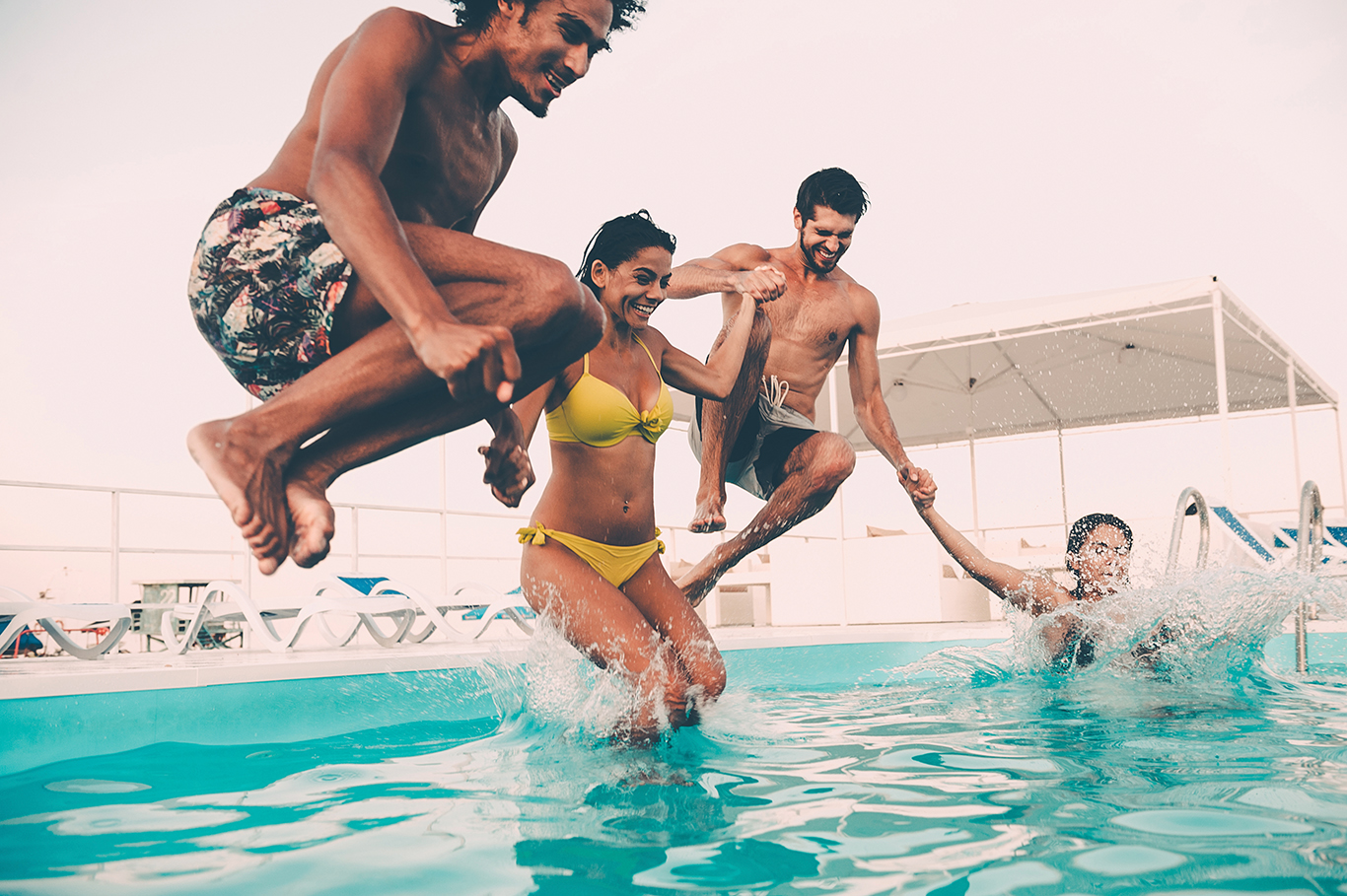Community Corner: Water Safety

Most deaths caused by drowning are preventable. It’s important to know and understand water safety before you get in. Take these tips with you while hitting the pool this summer.
1. Learn To Swim: Learning to swim is the best defense against drowning. Teach children to swim at an early age. Children who are not taught when they are very young tend to avoid swim instruction as they age, probably due to embarrassment. Swimming instruction is a crucial step to protecting children from injury or death.
2. Always Swim Near a Lifeguard: The United States Lifesaving Association statistics over a 10-year period show that the chance of drowning at a beach without lifeguard protection is almost five times as great as drowning at a beach with lifeguards. USLA has calculated the chance that a person will drown while attending a beach protected by USLA affiliated lifeguards at 1 in 18 million.
3. Swim with a Buddy: Many drownings involve single swimmers. When you swim with a buddy, if one of you has a problem, the other may be able to help, including signaling for assistance from others. At least have someone onshore watching you.
4. Check with lifeguards about beach conditions and other conditions.
5. Use Sunscreen and Drink Water.
6. Obey Posted Signs and Flags.
7. Keep the Beach and Water Clean.
8. Learn Rip Current Safety: USLA has found that some 80 percent of rescues by USLA-affiliated lifeguards at ocean beaches are caused by rip currents. These currents are formed by surf and gravity, because once surf pushes water up the slope of the beach, gravity pulls it back. This can create concentrated rivers of water moving offshore. Some people mistakenly call this an undertow, but there is no undercurrent, just an offshore current. If you are caught in a rip current, don’t fight it by trying to swim directly to shore. Instead, swim parallel to the shore until you feel the current relax, then swim to shore. Most rip currents are narrow, and a short swim parallel to shore will bring you to safety.
9. Enter Water Feet First: Serious, lifelong injuries, including paraplegia, occur every year due to diving headfirst into unknown water and striking the bottom. Bodysurfing can result in a serious neck injury when the swimmer’s neck strikes the bottom. Check for depth and obstructions before diving, then go in feet first the first time; use caution while bodysurfing, always extending a hand ahead of you.
10. Wear a Life Jacket: Some 80 percent of fatalities associated with boating accidents are from drowning. Most involve people who never expected to end up in the water, but fell overboard or ended up in the water when the boat sank. Children are particularly susceptible to this problem and, in many states, children are required to be in life jackets whenever they are aboard boats.
The mission of Colin’s Hope is to raise water safety awareness to prevent children from drowning. The organization is named to commemorate and remember 4-year-old Colin Holst, who drowned at a lifeguarded pool in Austin, Texas. The organization also has programs to educate parents on water safety.
To learn more, visit colinshope.org.






